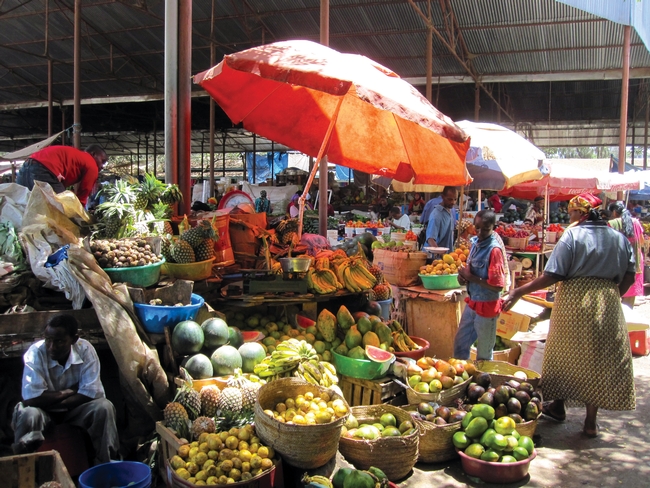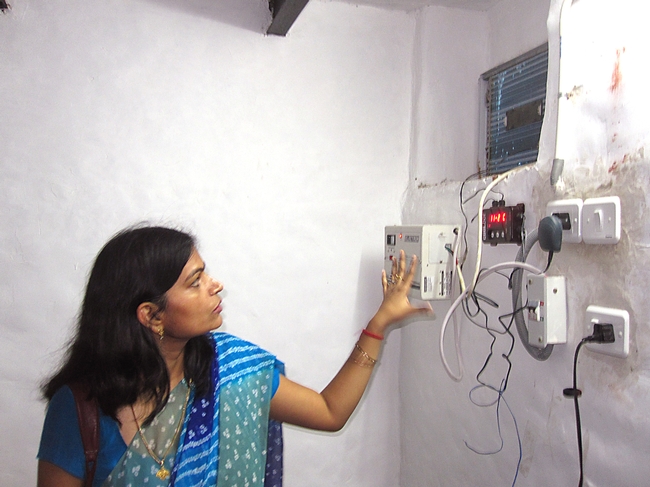I'll admit that one of my favorite things to do on a hot day is to walk into an air-conditioned room. That burst of cool air in those first moments can be so refreshing.
It turns out I'm not alone — fruits and vegetables like to be cool on hot days too.

Controlling temperature helps regulate the aging process of a fruit, along with its water loss and microorganism growth. Storing fruits and vegetables at their lowest safe temperatures means they taste better and last longer.
To help us know the best ways to store fresh produce at home, the UC Davis Postharvest Technology Center offers a free PDF poster Storing Fresh Fruits and Vegetables for Better Taste, which includes tips for different fruits and vegetables, from avocado to watermelon.
Knowing the right temperature is only part of the battle for farmers, who are responsible for the first links in the cold chain. Getting produce out of the sun and cool for storage can be a big challenge — and an expensive one.
But a farmer in New York, Ron Khosla, answered this challenge with a tool that can help make cooling produce less expensive for small-scale farmers. He created the CoolBot, a micro-controller that turns a well-insulated room with a regular air conditioner into a commercial cool room for storing fruits and vegetables.
Just as small-scale American farmers struggle with affordable cooling, so do smallholder farmers elsewhere in the world. Researchers with the Horticulture Collaborative Research Support Program (Horticulture CRSP) decided to test the CoolBot device, first at the UC Davis Student Farm and then with farmers in India, Honduras and Uganda.

Indeed, the CoolBot-equipped rooms worked, and the program is building more in Bangladesh right now. But there is a catch: Farmers must have access to reliable grid electricity for a cool room like this to work. To address this problem, the CoolBot in Uganda was powered with solar photovoltaic cells, but that led to another set of challenges — expensive equipment and fear of theft.
So how do you effectively cool vegetables, hot from a field, without grid electricity? A solution that is low-cost, effective and off-grid has not been found yet. In an effort to uncover such a solution, Horticulture CRSP will soon be launching a technology design competition that asks that very question. Can you answer this challenge?